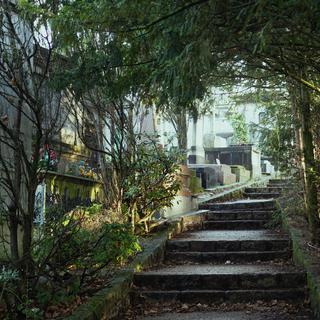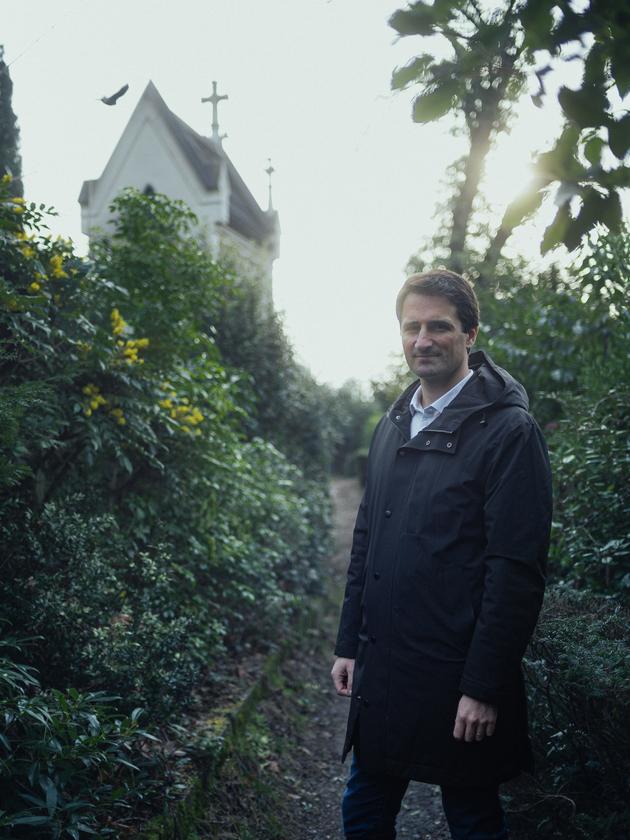


Paris' Père-Lachaise cemetery, where the living have found a home among the dead
FeatureBetween its tombs and gravestones, the 43-hectare Parisian cemetery is also a playground for parakeets and foxes, orchids and wild carrots. Its curator, Benoît Gallot, explained how nature is gradually retaking control.
A titmouse had set up its home in the hollow where a stone angel's wing once was after it had fallen off. The bird lays its nest here every spring. Benoît Gallot, the curator of the Père-Lachaise cemetery in Paris's 20th arrondissement, took a photo of the peculiar scene, which in itself illustrates what he has been saying time and time again: "Death isn't the only thing populating cemeteries." Especially the one he looks after in Paris, the largest within the city walls, and also the most popular with tourists, with over 3 million visitors every year.
In the spring of 2020, during the first lockdown, Gallot's photos, which he posts on his Instagram account, suddenly attracted media attention. Fox cubs in the Père-Lachaise? Everyone was amazed at this example of nature retaking control in the heart of a capital frozen by Covid-19 restrictions. Gallot has since sold 20,000 copies of his book La Vie Secrète d'un Cimetière ("The Secret Life of a Cemetery", 2022), which will be released in paperback in early March.
Almost four years after the pandemic began, foxes are still present in the cemetery. Gallot scrolled through the latest pictures on his Instagram account – which he created in 2017 – that show them dozing on the graves. "The rewilding of Père-Lachaise is a much longer story," he added with an amused smile.

The cemetery curator strides quickly through the 43-hectare cemetery, which he knows like the back of his hand. At the Casimir-Périer roundabout, Nounours, one of the local stars, was taking a break in front of the tomb of the physician and politician Raspail (1794-1878), much to the tourists' delight. This big, ginger-haired tomcat, well-fed by the cemetery's "cat ladies," lives here peacefully among some 15 fellow cats. Cat boxes can be found here and there in small, forgotten funeral chapels. In the 1970s-1980s, over 200 cats lived in the cemetery. In addition to the cemetery's totem animals, 140 wild animal species have been identified here.
In the early mornings and evenings, the curator likes to stroll alone near the stele of Dragon, a young victim of Napoleon's conquests whose inconsolable mother had his face sculpted in 1809. The graves of the Empire's great figures are grouped together in this area of the cemetery that forms the Carré des Maréchaux. Few of its tombs are known to tourists. Yet, despite being neglected by walkers, it is the best birdwatching spot.
Unruly undergrowth
"Not long ago, a redwing passed through here," said Gallot. The passerine with a belly spotted with olive-brown macula was probably migrating to Northern Europe. On this January morning, fluorescent-green parakeets flew at breakneck speed, squawking and screeching. Two robins seemed to have found a few breadcrumbs between two graves. The big crows immediately chased them away with loud cries. The city's noise can barely be heard, covered by the sound of a brass band playing for a funeral.
You have 57.72% of this article left to read. The rest is for subscribers only.
